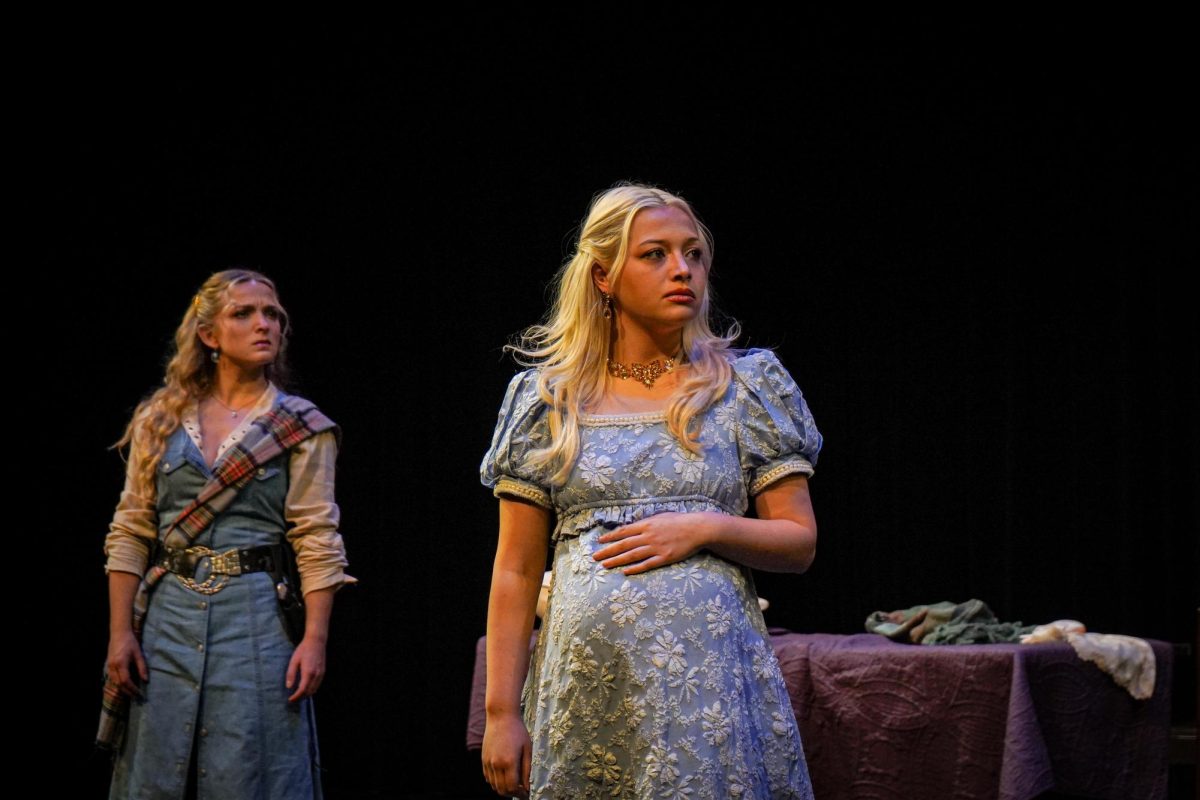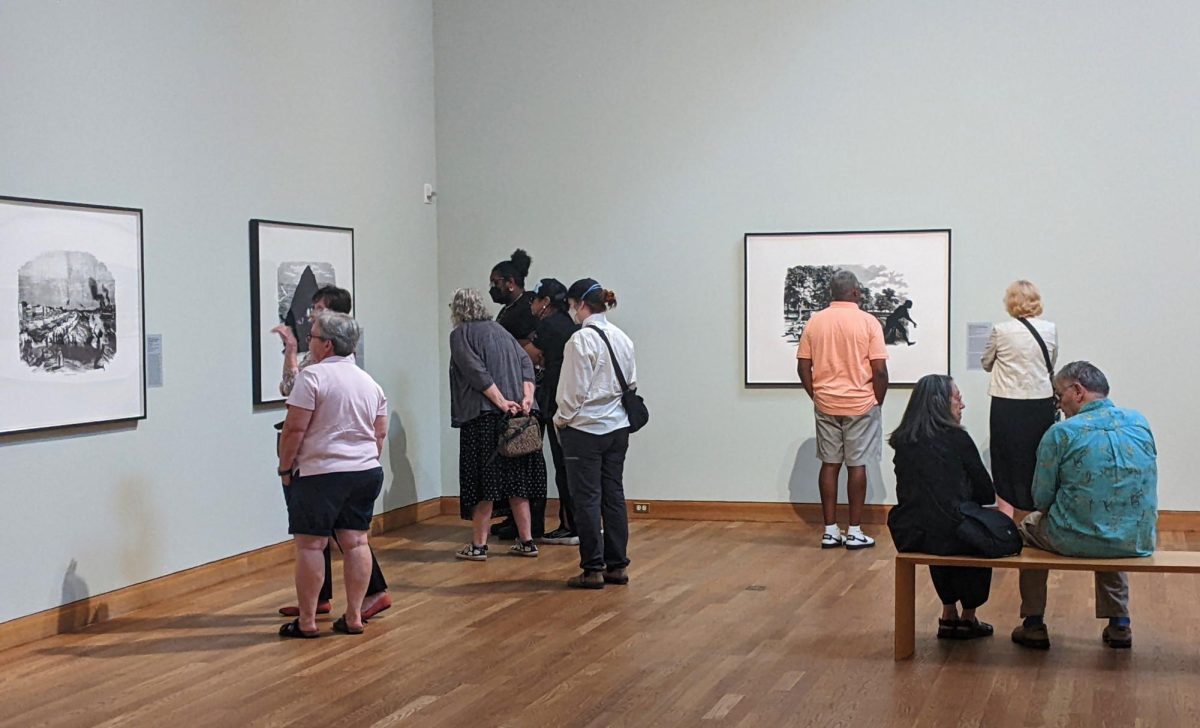It’s no secret that artistic talent runs through the blood of some families, endowing multiple children in a family with enviable natural talent.
Despite comparable levels of talent, though, it is often the men who become famous while their female counterparts remain anonymous.
Author, freelance designer and illustrator Gloria Kamen knows this all too well. Her exhibit at the University’s Andersen Library features portraits of 22 famous composers, varying from Beethoven to Brahms to Bernstein. Also present in the collection, though, are the portraits of 10 female composers, their names lesser-known than many of the men.
Propaganda for women
It is the portraits, and more importantly the lives, of the female composers that concern Kamen the most.
“I want (viewers of the exhibit) to be able to read and recognize the names of the women composers when they see them in the future,” Kamen said. “It’s a little bit of propaganda for the women, I might say.”
Some of the women, most notably Clara Wieck Schumann and Fanny Mendelssohn Hensel, have surnames that any classical music aficionado might recognize – but it’s often the work of their fathers and brothers that is celebrated, Kamen said.
Mendelssohn is also the subject of a children’s book written and illustrated by Kamen in 1996, “Hidden Music: The Life of Fanny Mendelssohn.” Through the years, Kamen has illustrated more than 40 books and especially enjoys working with biographies.
In the case of Mendelssohn, Kamen said her father thought it was demeaning for women to perform publicly. Meanwhile, her younger brother Felix Mendelssohn gained recognition, and her talent went largely unnoticed.
“It was ridiculous,” Kamen said. “That was the kind of atmosphere she lived in, one in which women had to fight for the recognition they deserved.”
In contrast to Fanny Mendelssohn, Schumann was forced by her father to perform musically for her entire life, Kamen said.
Bringing them to life
The watercolors hanging in the Andersen Library’s gallery were a project Kamen undertook for herself, finishing the last of the 22 portraits approximately a year ago.
“Since it was my own project, I could do whatever I wanted,” she said.
Kamen emphasizes that there was a process involved in creating the portraits, one that began with biographical research.
“With each one, I learned an awful lot. I enjoy my work,” she said.
Because many of the composers lived in times when there was only black and white photography, or none at all, Kamen had to guess about exact hair colors. In the instances in which there were only illustrations available, “a lot of quick decisions had to be made” in terms of representation, she said, and sometimes she created two or three versions of the same composer.
“I had friends who were music-lovers tell me which version was the nicest,” she said.
It was equally important that the portraits had a “fresh look” and “liveliness,” she said. To achieve this, she imagined she was actually sketching a living person, rather than from a drawing. She used strong colors to fill her paintings with vitality, choosing bright greens and pinks to shade skin, rather than more muted tones.
Cecile Chaminade’s portrait is particularly full of vitality; her red lips and pink skin seem to jump off the wall. As Kamen did in nearly all of the pieces, her blouse and the background were cut from another patterned paper, giving the works a modern and whimsical collage element.
In contrast, Schumann’s expression and the gray-and-blue palette with which she was painted reflect a deep-rooted sense of melancholy. She stares into the distance, looking lonely despite her fame.
An ongoing project
Kamen, 82, says she will continue to research the biographies of female composers in the future, possibly adding to her collection of portraits.
She often speaks at the places her work is shown, making sure her “talks revolve around the women, not the men.”
She also urges musicians she meets to add the work of female composers to their playlists, in an often belated attempt to give equal time to women’s compositions.
Several musicians have agreed to play the work of women, perhaps giving the women some of the autonomy and appreciation they should have received centuries earlier from their fathers and brothers – and the world.







